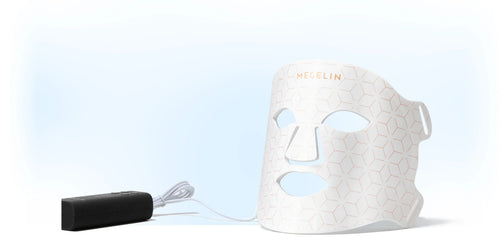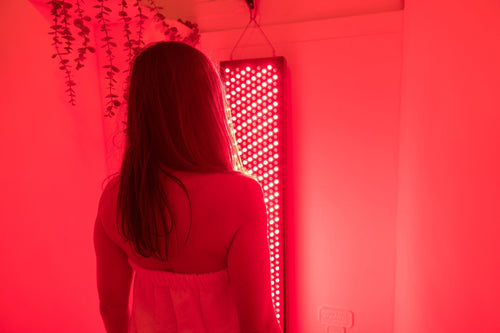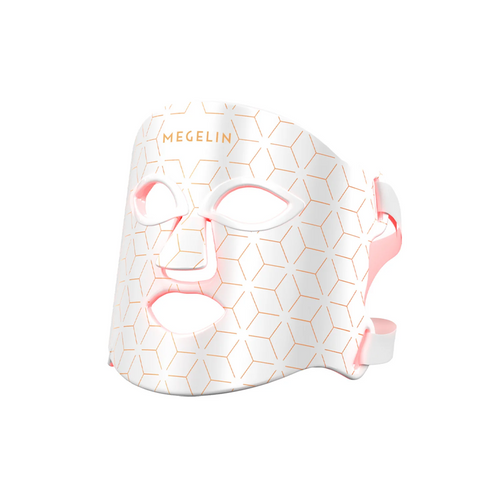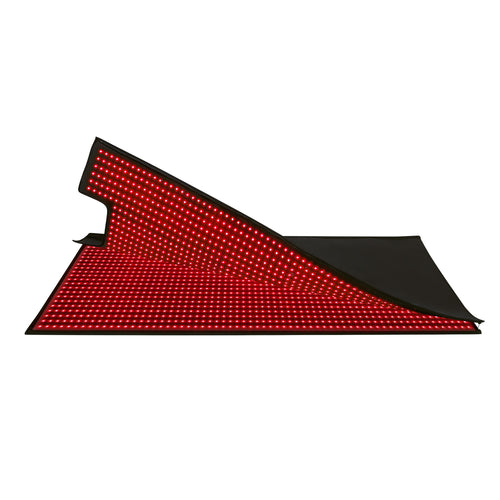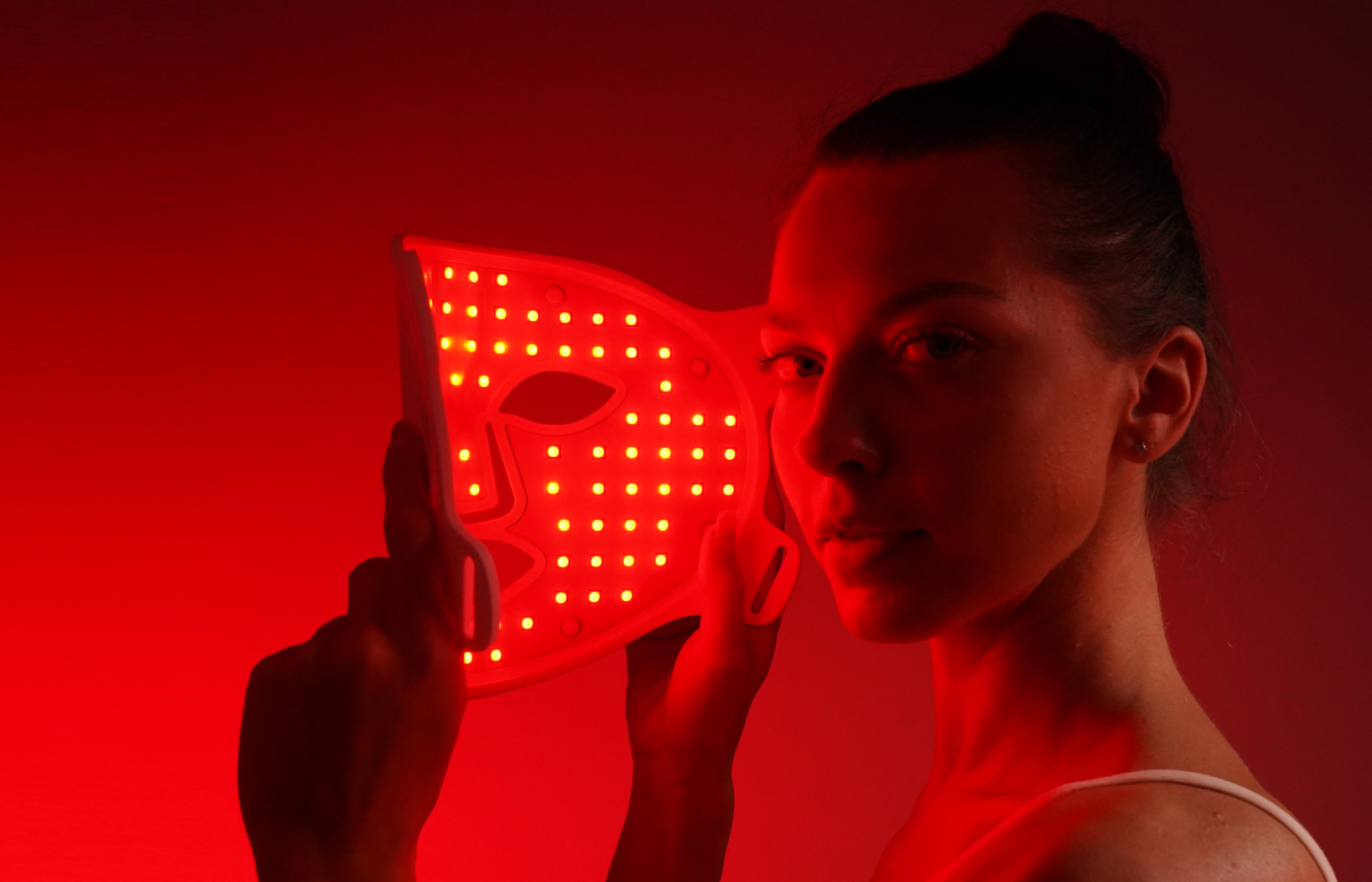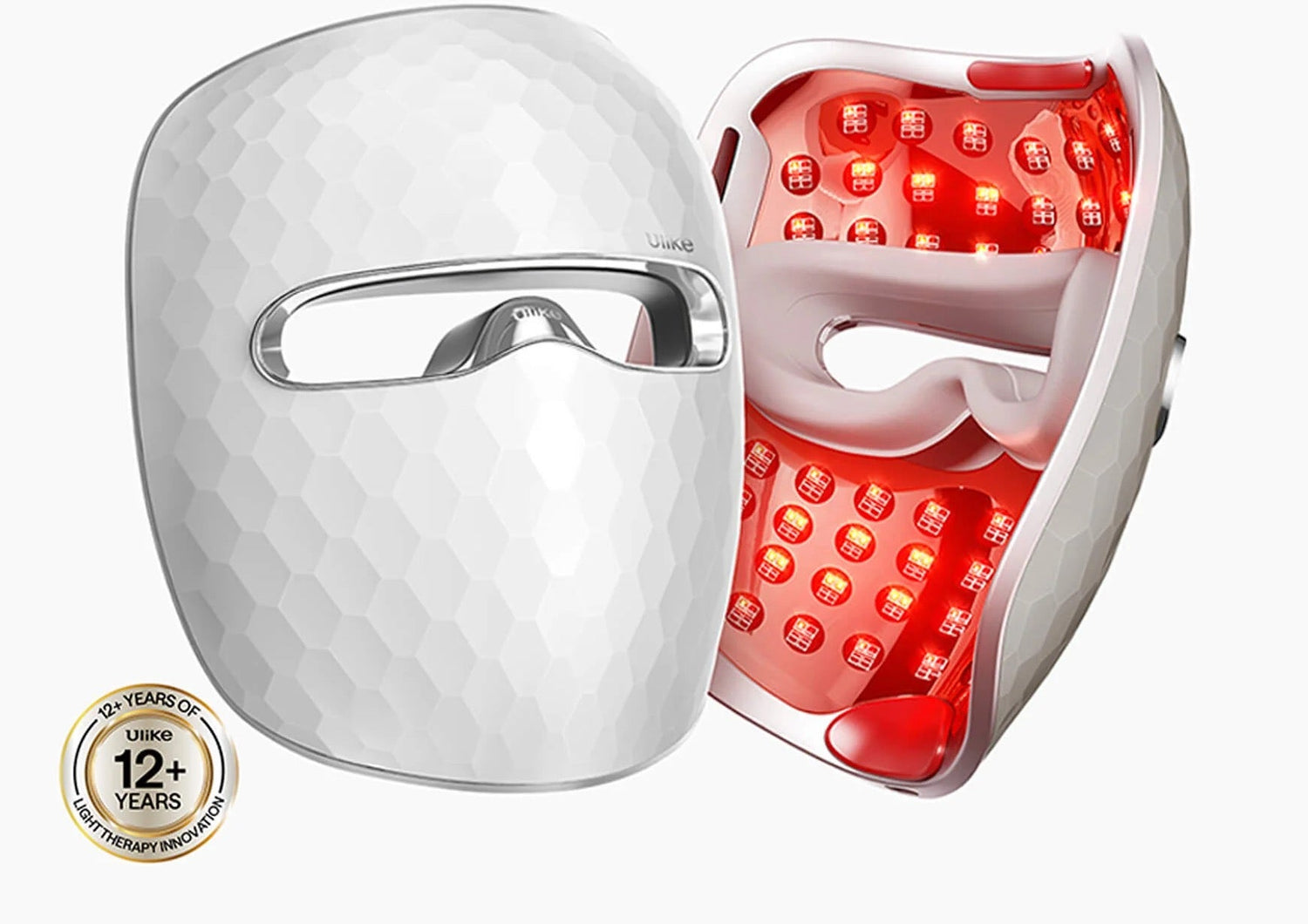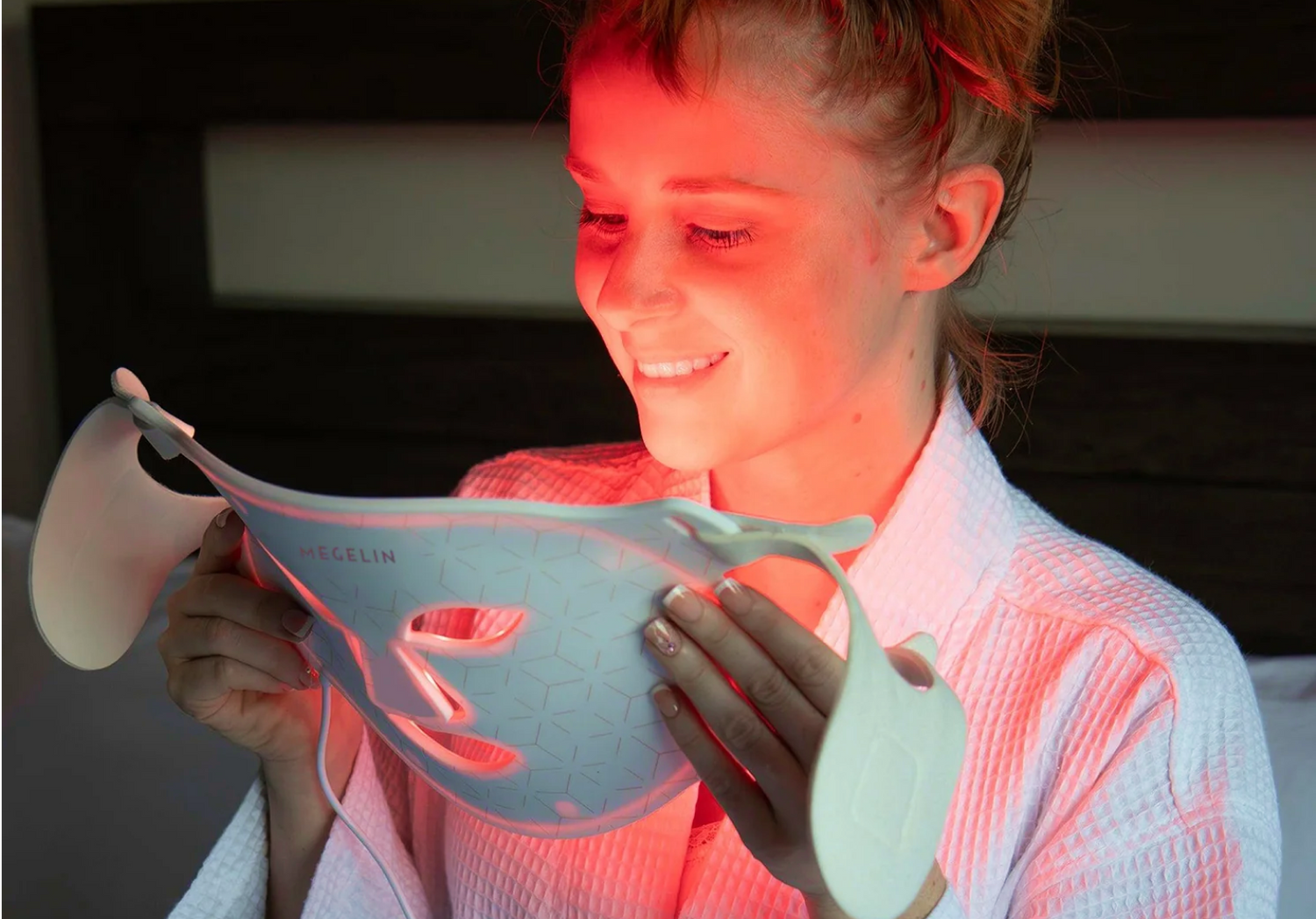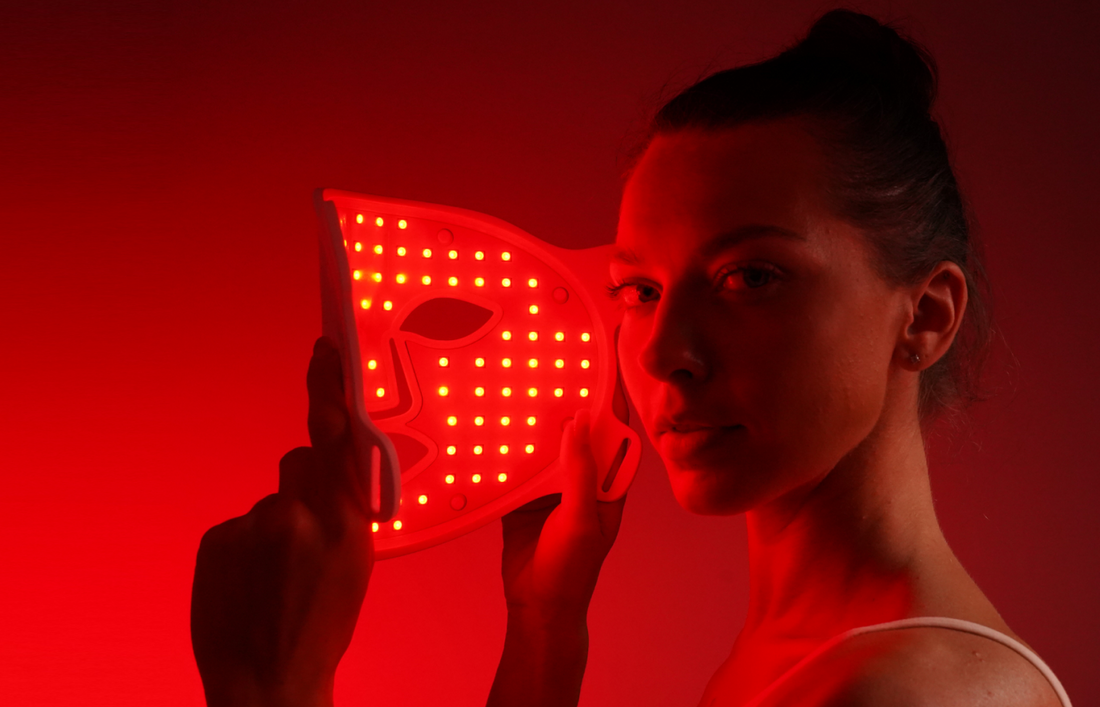
Can Red Light Therapy Cause Melanoma?
How Red Light Therapy Works — The Mechanism
To understand the risk (or lack thereof), it's helpful to know how red light therapy (RLT) works:
- RLT uses wavelengths in the visible red to near-infrared spectrum (~ 630-660 nm and ~ 800-850 nm).
- These wavelengths do not include ultraviolet (UV), which is the type of light known to cause DNA damage and mutations that can lead to skin cancer.
- The light penetrates skin and stimulates cellular activity, increases mitochondrial function, improves circulation, reduces inflammation, and can stimulate or modulate collagen production.
Because the mechanism does not involve ionizing radiation or UV exposure, the theoretical risk of causing melanoma via RLT is considered low by most experts.
What the Research Shows — Studies Involving Melanoma & RLT
Here are several important findings:
- A 2022 preclinical study (in cells & mice) found that red light inhibited melanoma proliferation under certain conditions. High doses of red light caused apoptosis (cell death) in melanoma cells, and also enhanced immune-related markers in animal models.
- Another study (in melanoma cell lines) noted that while red or near-IR light had no harmful effect on nonpigmented (amelanotic) melanoma, pigmented melanoma cells responded differently depending on dose: under some conditions, invasiveness increased; under others, higher doses reduced markers of angiogenesis (blood vessel formation) and slowed tumor growth.
- The American Academy of Dermatology (AAD) clearly states that red light therapy is safe in the short term, and unlike UV light, it hasn’t been shown to increase skin cancer risk in the scientific literature.
So far, no strong human clinical trials conclusively show that RLT causes melanoma. Most evidence suggests safety — especially when used properly and with devices that follow regulatory and safety guidelines.
Possible Risks & Who Should Be More Cautious
Although the risk of melanoma from RLT appears low, there are certain circumstances where caution is warranted:
- Pigmented skin types: Those with darker skin or pigmented melanoma risk might be more sensitive to visible light; certain light doses may stimulate melanocytes (pigment-producing cells), potentially worsening melasma or hyperpigmentation.
- Existing or history of skin cancer: If you or close family members have had melanoma or other skin cancers, it’s better to consult a skin specialist before using red light therapy.
- Photosensitizing conditions or medications: Some medications or skin conditions increase sensitivity to light. These may react poorly even to visible or near-visible light.
- Overuse or high intensity: Using devices at very high irradiance (power) or for longer than recommended sessions may increase risk of skin irritation, inflammation, or overheating. While not shown to cause melanoma, misuse could lead to damage.
How to Use Red Light Therapy Safely & Responsibly
If you decide to use RLT, here are guidelines to follow to maximize benefits while minimizing any theoretical risks:
1. Choose a quality RLT device
- Look for FDA-cleared or regulated devices.
- Check the wavelength: typically in the red (630–660 nm) and near-infrared ( ~ 800-850 nm) ranges. Avoid UV.
2. Follow manufacturer guidelines
- Use recommended power/irradiance.
- Keep sessions within suggested duration. Overuse doesn’t necessarily yield better results.
3. Protection for sensitive areas
- Use eye protection if your device suggests it.
- Avoid shining the light directly onto moles or abnormal pigmented spots without dermatologist’s guidance.
4. Check for underlying risk factors
- Skin cancer history, melasma, dark skin, photosensitive medications.
- If you fall into these categories, get medical advice first.
5. Use proper skincare and sun protection
- Even though red light therapy doesn’t involve UV, combining RLT with daily sunscreen helps protect against UV damage.
- Maintain skin health with hydration and gentle skincare to reduce risk of irritation.
Final Thoughts — What We Know & What We Don’t
What we know:
- Red light therapy uses non-ionizing wavelengths; it is considerably safer than UV light in terms of melanoma risk.
- Preclinical studies often show inhibition, not promotion, of melanoma growth under certain regulated conditions.
- Dermatology organizations affirm that short-term use of red light therapy devices is low risk for most users.
What remains uncertain:
- Long-term consequences over years of frequent use
- Effects in people with high melanoma risk or skin conditions like melasma
- The safe maximum doses (irradiance, exposure time) across various skin types
